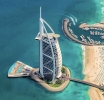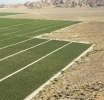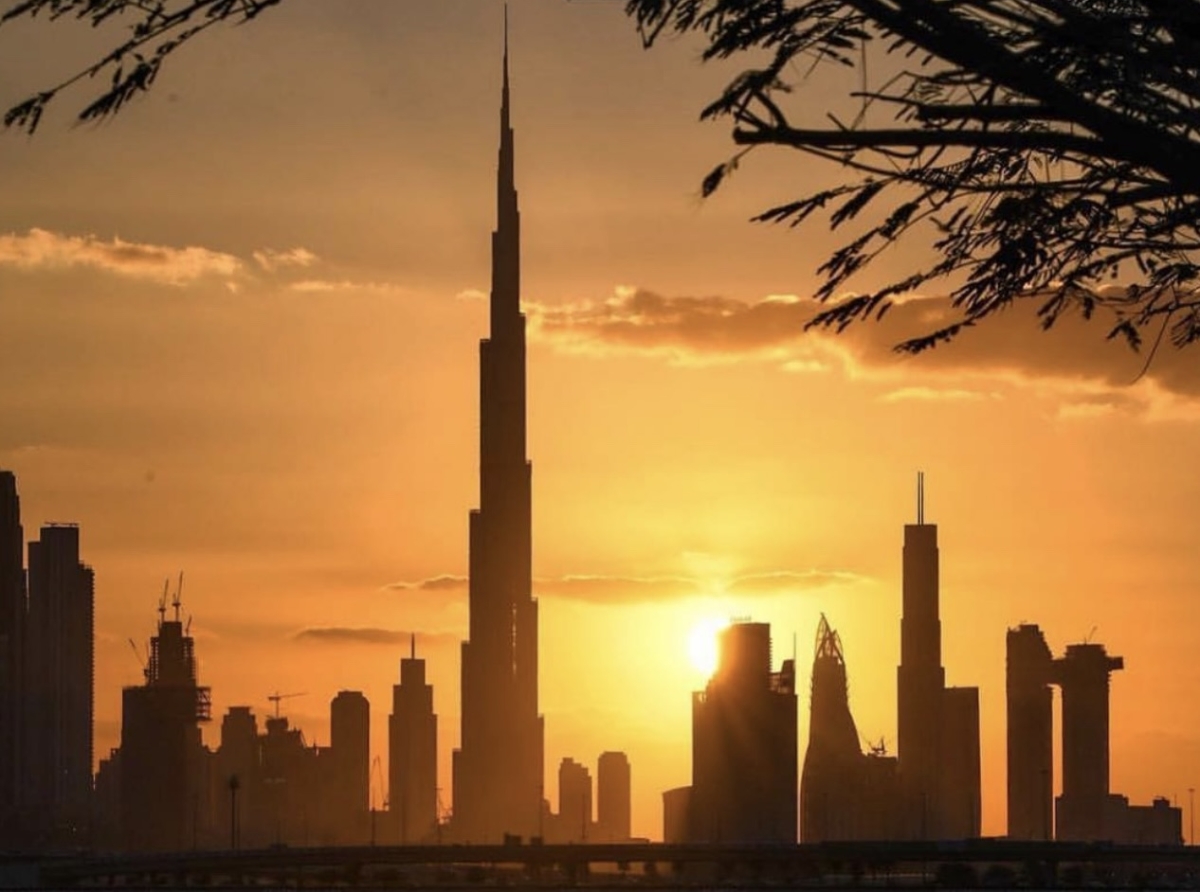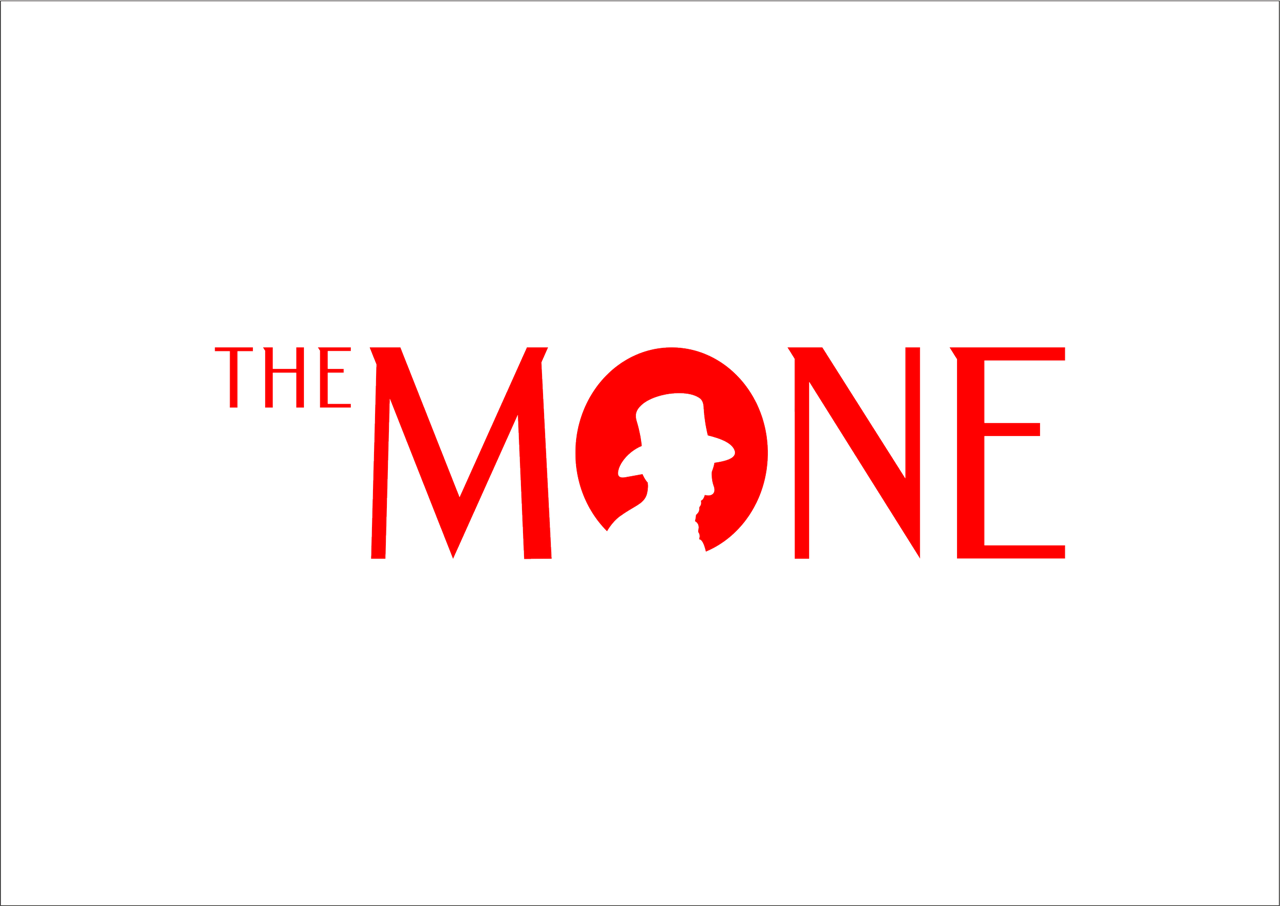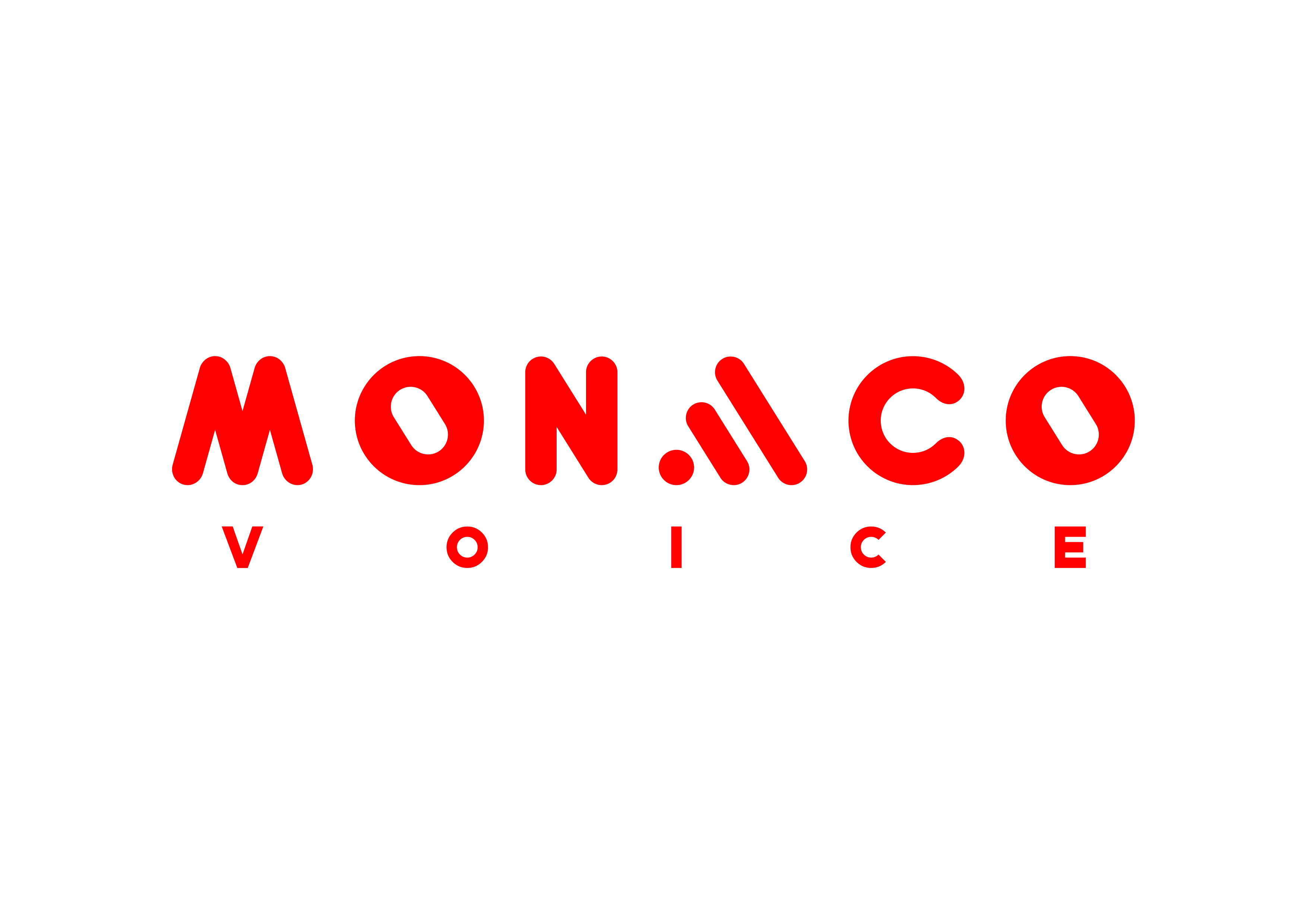In the heart of the desert, where the sun reigns supreme, Dubai is harnessing its most abundant resource to redefine its energy landscape. The emirate, known for its towering skyscrapers and opulent lifestyle, is now chasing a more sustainable ambition: to generate 50 percent of its electricity from renewable sources by 2050, with a significant milestone targeted for 2025. At the core of this transformation is the Mohammed bin Rashid Al Maktoum Solar Park, a sprawling testament to Dubai’s commitment to clean energy and a model for cities worldwide grappling with the climate crisis.
Launched in 2013 with a modest 13-megawatt photovoltaic (PV) project, the solar park has grown into the world’s largest single-site renewable energy project, with a planned capacity of 5,000 megawatts by 2030. As of early 2025, the park produces approximately 3,460 megawatts, enough to power over 800,000 homes, and accounts for roughly 24 percent of Dubai’s electricity mix. By the end of this year, the Dubai Electricity and Water Authority (DEWA) aims to push this figure closer to 30 percent, a critical step toward the emirate’s long-term goal.
The solar park’s success is not just a matter of scale but of innovation. It combines cutting-edge PV panels with concentrated solar power (CSP) systems, which use mirrors to focus sunlight and store thermal energy, enabling electricity generation even after sunset. The Noor Energy 1 complex, part of the park’s fourth phase, features the world’s tallest solar tower at 260 meters and can deliver power 24 hours a day, thanks to 15 hours of molten-salt storage. Such advancements address the intermittency of renewables, a persistent challenge for grids worldwide.
Dubai’s renewable push is part of the broader Dubai Clean Energy Strategy 2050, unveiled in 2015 by Sheikh Mohammed bin Rashid Al Maktoum, the emirate’s ruler. The strategy, which aims for 75 percent clean energy by 2050, is built on five pillars: large-scale renewable projects, smart grid infrastructure, energy efficiency, regulatory frameworks, and innovation. Beyond the solar park, initiatives like Shams Dubai encourage residents and businesses to install rooftop solar panels and sell excess power back to the grid, while a $27 billion green fund provides low-interest loans for clean-tech ventures.
This transformation is not without its complexities. Dubai, like much of the United Arab Emirates, remains heavily reliant on natural gas, which accounted for 94 percent of its electricity in 2021. Transitioning from a hydrocarbon-based economy—one that has fueled the emirate’s meteoric rise—requires not just technological leaps but cultural and economic shifts. The UAE, the world’s sixth-largest oil producer, is balancing its fossil fuel exports with a pivot to renewables, a pragmatic approach in a region where energy security and economic diversification are paramount.
The emirate’s leadership sees clean energy as more than an environmental imperative; it’s a strategic play to position Dubai as a global hub for green technology. The solar park’s Innovation Centre, a hub for research into advanced solar panels, battery storage, and solar-powered desalination, underscores this ambition. Partnerships with universities and tech giants like Tesla are testing next-generation solutions, from redox flow batteries to AI-driven grid management. DEWA’s green hydrogen pilot, the first in the Middle East, hints at a future where solar power fuels not just electricity but transportation and industry.
Yet, for all its progress, Dubai faces hurdles. The emirate’s scorching climate, with temperatures often exceeding 45 degrees Celsius, poses challenges for solar panel efficiency and grid stability. Dust accumulation on panels requires constant innovation in cleaning technologies, including robotic systems now deployed at the solar park. Moreover, while the UAE ranks sixth globally in per capita solar consumption, renewables still represent just 8.3 percent of the nation’s total electricity mix as of 2023, a reminder of the long road ahead.
Critics argue that Dubai’s green ambitions must extend beyond energy to address broader sustainability issues, such as water scarcity and urban sprawl. The emirate’s Waste-to-Energy Centre, which converts landfill waste into 200 megawatts of power, and its solar-powered desalination pilot are steps in this direction, but scaling these solutions remains a challenge. Others note that the UAE’s hosting of COP28 in 2023, while a diplomatic triumph, drew scrutiny for the region’s continued reliance on fossil fuels.
Still, Dubai’s solar push offers lessons for the world. Its ability to attract private investment—through long-term power purchase agreements and Sharia-compliant green sukuk bonds—demonstrates how public-private partnerships can accelerate renewable deployment. The solar park’s low electricity costs, with bids as low as 1.35 U.S. cents per kilowatt-hour, rival those of fossil fuels, proving that clean energy can be economically competitive even in an oil-rich region.
As 2025 unfolds, Dubai stands at a crossroads. The emirate’s solar achievements are a beacon of what’s possible when vision, investment, and technology converge. Yet the path to 50 percent renewables by 2050 demands sustained commitment, not just to build more solar farms but to reimagine how a city consumes and produces energy. In a world racing to avert climate catastrophe, Dubai’s desert gamble may light the way.
Photo credits: Dubai Instagram.
Alexander Agafiev Macambira
Alexander Agafiev Macambira is former tech contributing writer for Forbes Monaco.


